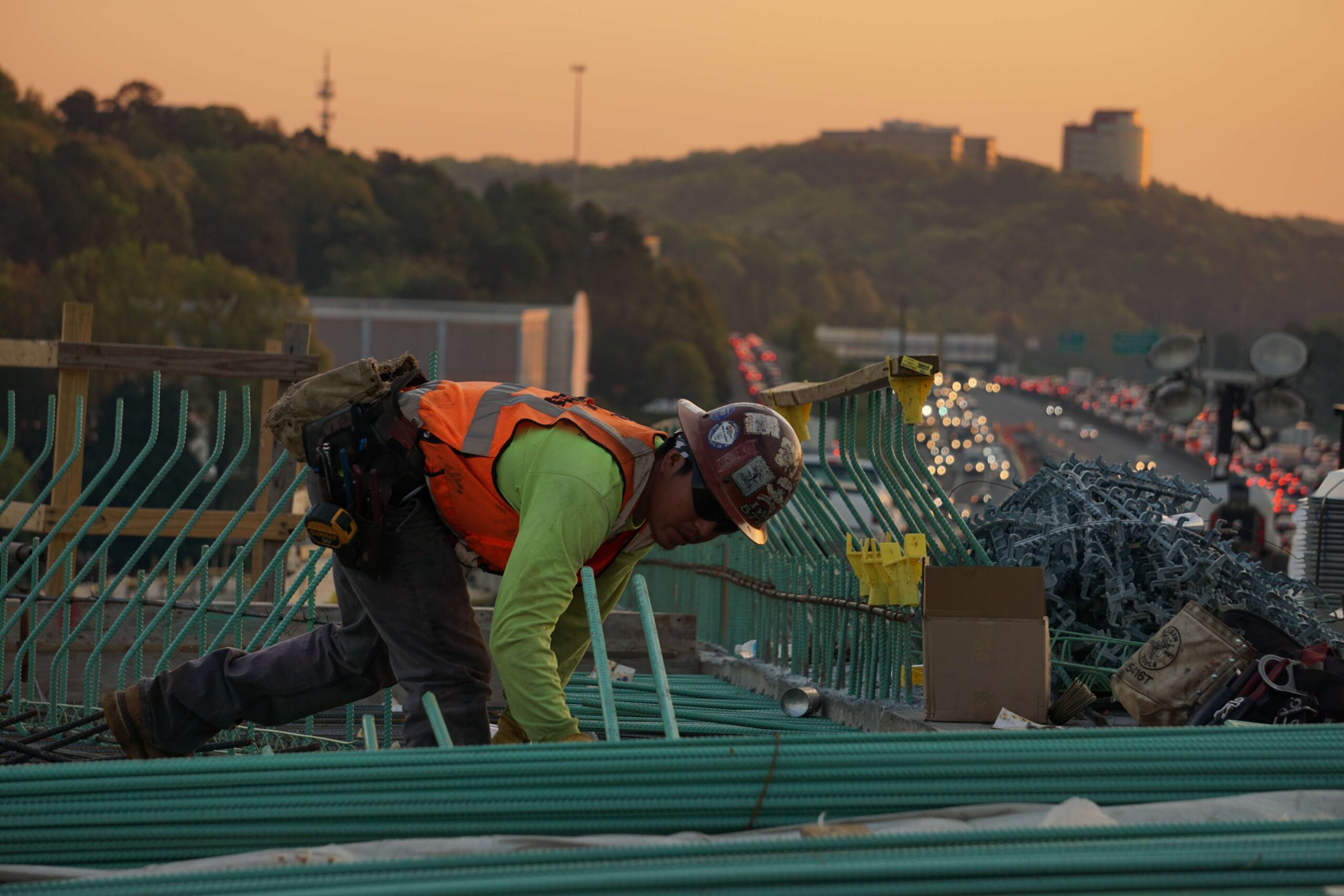With summer fast approaching, OSHA has ramped up investigations into heat-related injuries in the workplace. In furtherance of President Biden’s heat illness initiative, on October 27, 2021, the Occupational Safety and Health Administration (OSHA) published an advance notice of proposed rulemaking regarding a future standard requiring employers to prevent heat-related illness.
On April 8, 2022, OSHA issued a new national emphasis program (NEP) on indoor and outdoor heat-related hazards that expands on the agency’s ongoing heat-related illness prevention campaign. The NEP took effect immediately and will remain in effect for three years unless canceled or superseded by another directive. It applies to all industries (general industry, construction, maritime, and agriculture), but it specifically targets industries exposed to heat-related hazards.
The NEP applies when employees are exposed to outdoor heat at or above 80°F with the humidity at or above 40 percent. This program does not apply to incidental exposure, which exists when an employee is not required to perform a work activity outdoors for more than fifteen minutes in any sixty-minute period.
OSHA has only issued approximately 400 heat-related citations since 2018. Under the NEP, OSHA plans to double the amount of heat-related inspections it conducts and issue more heat-related citations to employers.
Summary of Key Points
Programmed and Unprogrammed Inspections
OSHA will conduct programmed inspections when the National Weather Service has announced a heat warning or advisory in an area. OSHA will target high-risk workplaces for these inspections, such as construction sites, automobile factories, petroleum refineries, chemical factories, glass factories, iron and steel mills, bakeries, cattle ranches, farms, and skilled nursing facilities.
OSHA will open an unprogrammed heat inspection if a hazardous heat condition is recorded in an employer’s OSHA 300 log or 301 incident report or if an employee raises a heat-related issue to a compliance officer. OSHA inspectors must also ask employers about their heat-related prevention programs during all inspections.
OSHA will conduct a follow-up inspection when an employers is cited for a heat-related fatality to determine whether abatement was implemented.
Heat Index of at Least 80°F
OSHA will focus on workplaces where the heat index is 80°F or higher, though the agency acknowledged that heat-related fatalities have occurred with a heat index below 80°F.
Compliance
During inspections, compliance officers will assess whether employers:
- provide accessible, cool drinking water to employees at all times and at no cost to them;
- have written heat illness and injury programs and train employees on hydration, heat illness signs, first aid, and summoning emergency personnel;
- monitor ambient temperatures and levels of work exertion at worksites;
- schedule rest and hydration breaks;
- provide access to shaded areas;
- provide time for acclimatization of new and returning employees (OSHA’s recommended rule is that employees should only work 20 percent of their normal duration on their first day and gradually increase work duration over a one- to two-week period);
- scheduled job rotations (such as earlier start times and employee rotation) to limit heat exposures; and
- implemented a “buddy” system on hot days.
In addition to implementing the above-mentioned elements, employers may want to inform workers that some health conditions, including pregnancy, heart disease, and obesity, may increase the likelihood of a heat-related illness.
Employers may be interested in heat-related hazard policy templates to assist them in complying with heat-related safety initiatives. Ogletree Deakins will continue to monitor and report on developments with respect to OSHA’snational emphasis program on indoor and outdoor heat-related hazards and will post updates on the firm’s Workplace Safety and Health blog. Important information for employers is also available via the firm’s webinar and podcast programs.






